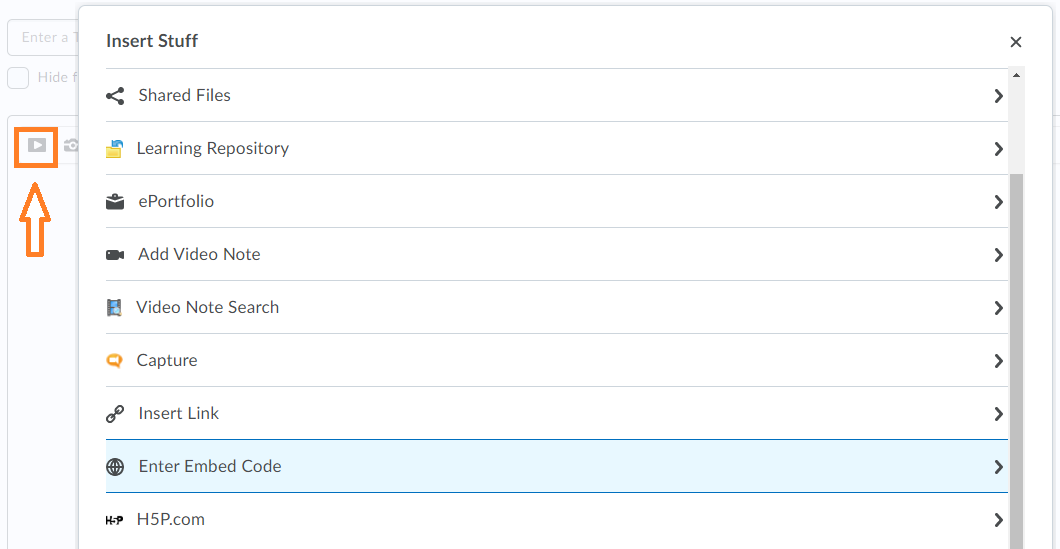Introduction
The School of Continuing Studies has developed a Zoom recording transfer tool to assist you with managing and transferring cloud recordings between your UofG Zoom Pro account and your UofG OneDrive account. The Zoom cloud recording storage space is not unlimited, and we must regularly delete old recordings to allow for future recordings. The Zoom Transfer Tool makes the process of copying your Zoom cloud recordings to OneDrive simple and offers the option to automate the process for all future Zoom cloud recordings.
Signing In (SSO)
Please sign in via https://apps1.scs.uoguelph.ca/zoomtransfer/ with the UofG central account that matches the Zoom email account.
Note: You may have to end your existing SSO session and log in with the correct central account if you have multiple accounts.
Authorizing
The Zoom Transfer Tool allows users to transfer copies of all their recordings, transcripts, and chat files from the Zoom Cloud to their personal University of Guelph OneDrive account. Files are placed within a subfolder titled “Zoom Transfers” and organized by Topic Name, Meeting ID, and Date. Once recordings are transferred, users can access and share files as they would any other files in OneDrive.
Transfer requests are processed within 24 hours, and an email confirmation is sent on completion. Cloud recordings are not removed as part of the transfer.
To use the Zoom Transfer Tool to copy recordings from your Zoom account(s) to your OneDrive account, you must first authorize the application to access and integrate with your OneDrive account by clicking the Authorize button.
Transfer Recordings
To transfer individual recordings, click the Transfer Recordings option on the menu bar or select the Search & Transfer Existing Recordings button.
From the the Search Zoom Recordings page, follow the steps below:
Select the Zoom account (almost all accounts will have one option).
Select the recording start date (ideally, before the oldest recording).
Select the recording end (today for the most recent recordings).
Click the View Zoom Recordings button.
The Zoom Transfer Tool will find your Zoom cloud recordings and list them. Select (or deselect) the recordings that you would like transferred to OneDrive. Click Request Cloud Transfer.
You will then be sent the Transfer Log screen where you can review the recordings that will be transferred. If you wish to cancel the request, click the Cancel button under the Transfer Status column.
The listed requests will be completed within 24 hours. We do not recommend deleting your Zoom cloud recordings until that process is complete and you have verified the files are on your OneDrive. Please see the Zoom Transfer Tool – Review Recordings in OneDrive page for more information on how to access your copied Zoom recordings.
Automate Zoom Transfers
The Zoom Transfer tool can automate the transfer of future recordings. Once the Automate Zoom Transfers option is enabled on a Zoom account, the Zoom Transfer Tool will transfer new Zoom cloud recordings to your OneDrive account as soon as they are processed and available on the Zoom cloud.
Once Automate Zoom Transfers is enabled, you will not need to return to the tool to manually transfer files unless a transfer fails. This will also ensure that you will have backups of any cloud recordings ahead of any future cloud storage space recovery performed by OpenEd.
The option to toggle Automate Zoom Transfers on can be located by clicking Automate Transfers in the navigation menu.
Automated Transfer requests are processed within 24 hours. An email confirmation will be sent when the copy process is complete. Please note that recordings are not removed from Zoom cloud as part of the transfer.
To enable:
Click and enable the toggle beside the Zoom email address.
Click the Save Automations button.
You may return at any time to disable Automated Transfers.
Transfer Log
The Transfer Transaction Log allows you to review all active and completed transfer requests. Any recent requests will be displayed below the filter options.
You can filter between specific meeting/recording dates or between transfer dates, as well as by the Transfer Request Status.
Note: Failed transfer requests will automatically retry only once within the following 24 hours. If the request fails a second time, the user may manually download the files from Zoom. Links to download any failed files from Zoom will appear in the error notification email. If you require any assistance, please contact CourseLink Support.
Deauthorize Application
If you have previously authorized the Zoom Transfer Tool to access your OneDrive account, you may choose to revoke this applications access to your OneDrive account, preventing further access. Deauthorizing the application will:
Prevent any pending requests from being transferred
Prevent any requests for future recordings to be transferred
Disable the option to Automate Transfers
Maintain access to the Transfer Logs of previous requests
If you deauthorize this application, you may reauthorize at any time.
Tutorial Videos
Need More Help?
If you're still having trouble, please contact the CourseLink Support team for assistance.





































